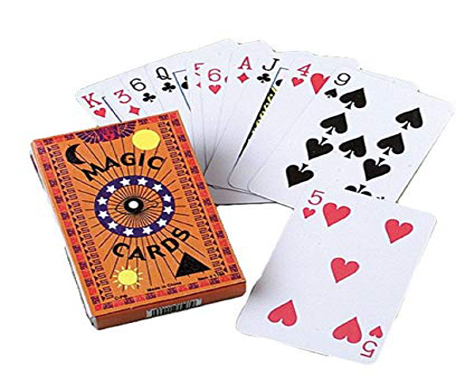
Effect: A spectator picks a card out of a shuffled deck. You put it with three random cards, place the cards at the bottom of the deck, and shuffle. You take three cards from the bottom of the deck and ask the spectator if any of those are his. None are. These are laid on the table, one of the cards is flipped over, and the selection appears on the table.
How It’s Done:
Ask a person to shuffle the cards and then choose one card. Have them give you the deck. Take three cards from the bottom. Tell the spectator to put their card on top of those three, then to place the four cards at the bottom of the deck.
Shuffle the deck, but be sure to keep the four bottom cards in the same spot. (Editor’s note: There are false shuffles explained on the Terminology Page .) Shuffle the cards a couple of times. Now take the first bottom card and place it face down on the table. Take the new bottom card and put it at the top of the deck. Place the other two bottom cards face down on the table. The last card you put down is the spectator’s card. Be sure you have that card at the top of the tabled pile. Set the rest of the deck aside.
Pick up the tabled cards. Square them up, and hold them so the spectator can see the face of just the bottom card. Ask if this is their card. They will say no. Lower the cards so they are in dealing position and quickly deal the top card (actually their card) onto the table. If you do this naturally, without comment, they will think you dealt the card you just showed them.
Show them the top card from those in your hand, and ask if it is theirs. Again they will say no. Lay this card on the table. Finally, show them the last card in your hand and ask if it’s the selection. When they say no, put this card onto the other two. Ask them what their card was. When they tell you, use the other two cards (like a spatula) to flip their card face up on the table. You have made their card appear!

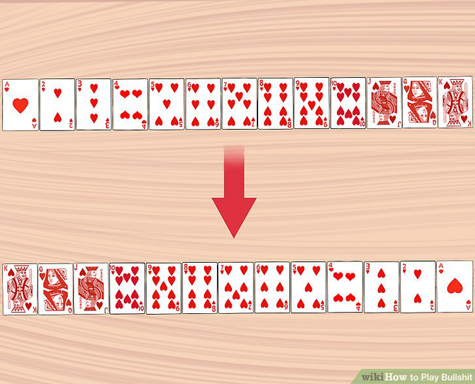
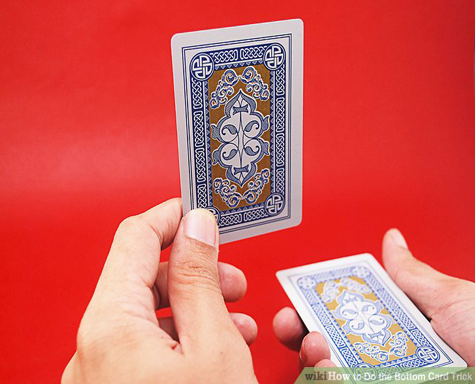
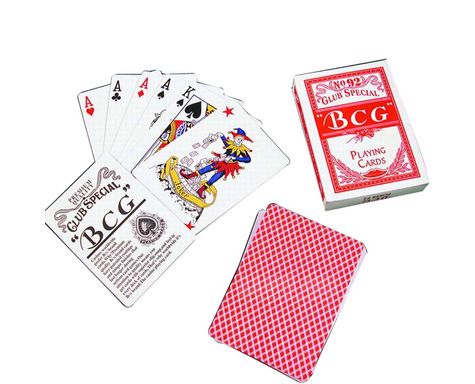
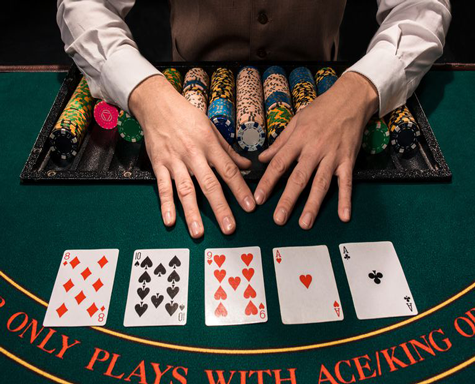
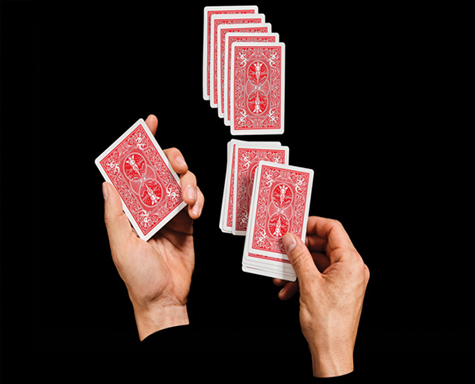
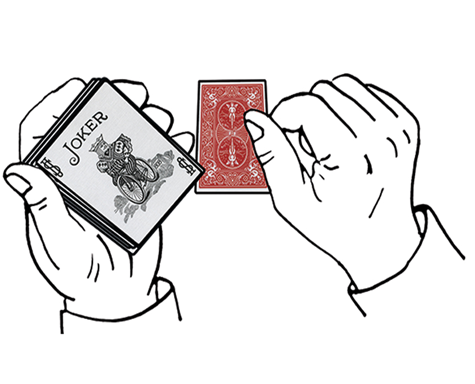


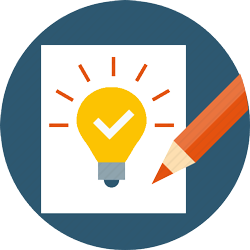 Have a cool card trick? Please email it to us to
Have a cool card trick? Please email it to us to